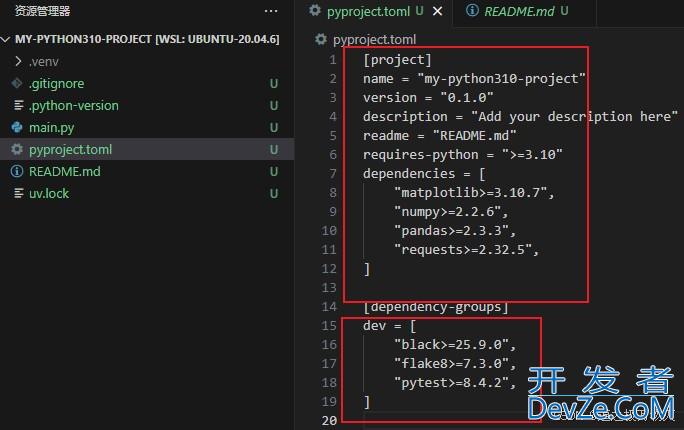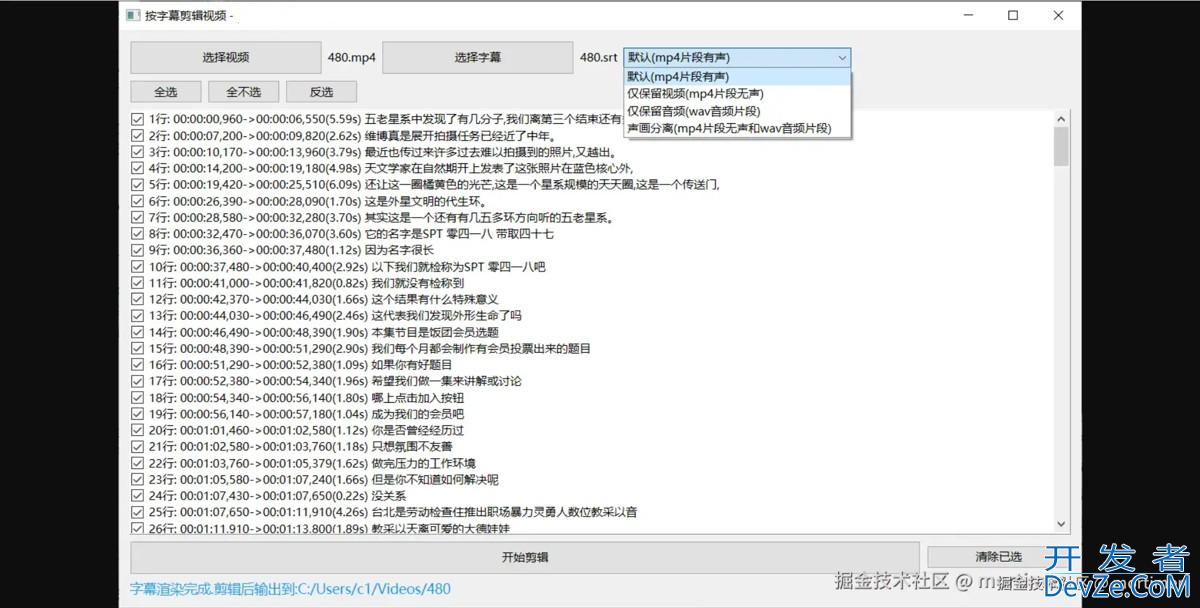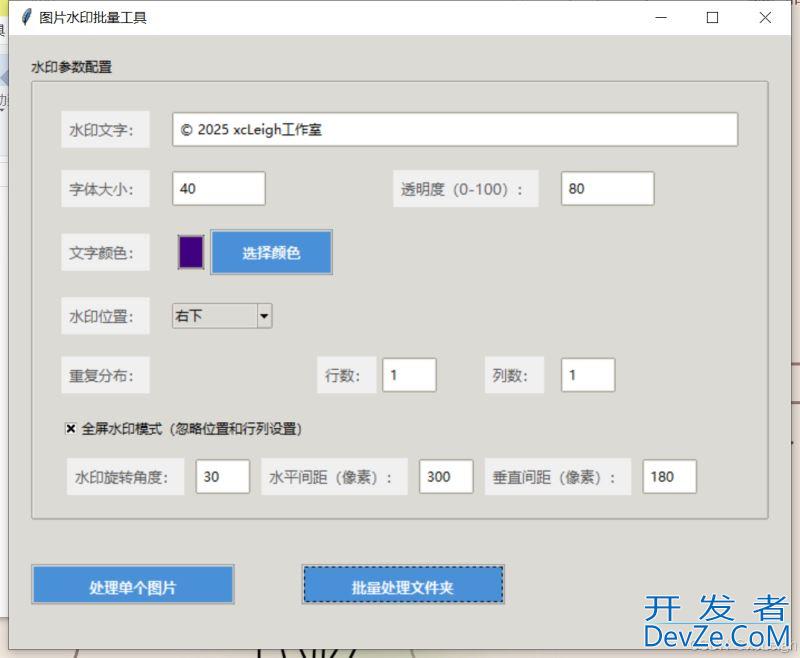目录
- 1. 避免多层分支嵌套
- 2. 封装过于复杂的逻辑判断
- 3. 不同分支下的重复代码
- 4. 合理使用三元表达式
- 5. 常见技巧
- 5.1德摩根定律
- 5.2自定义类的魔法方法
- 5.3在条件判断中使用 all() / any()
- 5.4使用 try/while/for 中 else 分支
- 6. 常见陷阱
- 6.1与 None 值得比较
- 5.2and 和 or 的运算优先级
1. 避免多层分支嵌套
python中利用缩进来替代 { }。如果多个 if 嵌套, 堪称 ” 嵌套 if 地狱 “
下面的代码直接翻译了原始条件分支,导致代码可读性和维护性很差。
def buy_fruit(nerd, store):
"""去水果店买苹果
- 先得看看店是不是在营业
- 如果有苹果的话,就买 1 个
- 如果钱不够,就回家取钱再来
"""
if store.is_open():
if store.has_stocks("apple"):
if nerd.can_afford(store.price("apple", amount=1)):
nerd.buy(store, "apple", amount=1)
return
else:
nerd.go_home_and_get_money()
return buy_fruit(nerd, store)
else:
raise MadAtNoFruit("no apple in store!")
else:
raise MadAtNoFruit("store is closed!")
我们利用取反的方式,“提前结束” 来优化这段代码:
def buy_fruit(nerd, store):
if not store.is_open():
raise MadAtNoFruit("store is closed!")
if not store.has_stocks("apple"):
raise MadAtNoFruit("no apple in store!")
if nerd.can_afford(store.price("apple", amount=1)):
nerd.buy(store, "apple", amount=1)
return
else:
nerd.go_home_and_get_money()
return buy_fruit(nerd, store)
“提前结束” :指在函数内使用 return 或 raise 等语句提前在分支内结束函数。
利用逆向思维,当分支条件不满足时,我们直接结束这段代码,这样更容易阅读。
2. 封装过于复杂的逻辑判断
如果条件分支中有过多的判断条件 and | not | or, 可以将这样的部分封装起来。
if person.is_student and person.age > 20 and person.is_ma编程客栈le: pass
这样封装的部编程客栈分更有可解释性,更容易被人理解。
最重要的事还解决了,相同代码多次出现的问题。if person.identity() and person.gender(): pass
3. 不同分支下的重复代码
下面的代码很难让人直观分别出不同:
if person.is_student(): record_imformation( name = person.name, age = person.name, address = person.address, student_number = 10011, recorded = now(), ) else: update_information( name = person.name, age = person.name, address = person.address, updated = now(), )
关注这些由分支产生的重复代码块,通过转化简化它们。
if person.is_student():
imformation_func = record_imformation
extra_args = {'student_number' : 10011, 'recorded' : now() }
else:
imformation_func = update_information
extra_args = {'updated' : now() }
information_func(
name = person.name,
age = person.name,
address = person.address,
**extra_args
)
4. 合理使用三元表达式
使用普通的if / else 语句 代码可读性通常更好。
language = "python" if you.favor("dynamic") else "golang"
5. 常见技巧
5.1德摩根定律
对于下面的代码,很难第一时间 get 到逻辑关系。
# 如果用户没有登录或者用户没有使用 chrome,拒绝提供服务 if not user.has_logged_in or not user.is_from_chrome: return "our service is only available for chrome logged in user"
而使用德摩根定律。
not A or not B = not (A and B), 代码读起来会容易很多。
if not (user.has_logged_in and user.is_from_chrome): return "our service is only available for chrome logged in user"
5.2自定义类的魔法方法
python提供了跟多自定义类的魔法方法,我们可以利用它门,让我们的代码更加pythonic。
下面的代码用到了len() 函数。
class UserCollection(object):
def __init__(self, users):
self._users = users
users = UserCollection([piglei, raymond])
if lhttp://www.cppcns.comen(users._users) > 0:
print("There's some users in collection!")
通过给类自定义魔法方法,分支条件变得更加简单。
并且可以自己控制魔法方法的返回值。class UserCollection:
def __init__(self, users):
self._users = users
def __len__(self):
return len(self._users)
users = UserCollection([piglei, raymond])
# 定义了 __len__ 方法后,UserCollection 对象本身就可以被用于布尔判断了
if users:
print("There's some users in collection!")
5.3在条件判断中使用 all() / any()
- all (x) : x 中所有对象都为真时返回 True, 否则 False
- any (x): 只要 x 中一个对象为真时返回 True, 否则 False
def all_numbers_gt_10(nu编程客栈mbers):
"""仅当序列中所有数字大于 10 时,返回 True
"""
if not numbers:
return False
for n in numbers:
if n <= 10:
return False
return True
使用all ( )内建函数,再配合生成器表达式。
def all_numbers_gt_10_2(numbers): retur编程客栈n bool(numbers) and all(n > 10 for n in numbers)
5.4使用 try/while/for 中 else 分支
def do_stuff():
first_thing_successed = False
try:
# ...
first_thing_successed = True
except Exception as e:
# ...
return
# 仅当 first_thing 成功完成时,做第二件事
if first_thing_successed:
return do_the_second_thing()
其实,我们可以用更简单的方法达到同样的效果:
def do_stuff():
try:
# ...
except Exception as e:
# ...
return
else:
return do_the_second_thing()
在 try 的语句块后面加上 else 分支。
6. 常见陷阱
6.1与 None 值得比较
在 python 中, == 与 is 两种比较方法有根本的区别。
==: 仅比较两者的值是否一致is: 比较两者是否指向内存中的同一份地址。
但是 None 在 python 中是一个单例对象,如果要判断某个变量是否为 None 要用 is, 只有 is 才严格意义上表示某个变量是否为None
5.2and 和 or 的运算优先级
and 的优先级大于 or
即使执行的优先级如我们想要的一致,也要采取额外括号的方式让代码更清晰。
(True or False) and False # False True or False and False # True
此外:
c and a or b 不是总能给出正确的结果。只有当 a 与 b 的布尔值为真时,这个表达式才正常工作,因为逻辑运算的短路特性。
到此这篇关于 python 中的条件判断语句的使用介绍的文章就介绍到这了,更多相关 python 条件判断语句内容请搜索我们以前的文章或继续浏览下面的相关文章希望大家以后多多支持我们!








 加载中,请稍侯......
加载中,请稍侯......
精彩评论